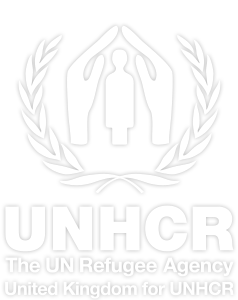South Sudan crisis
The civil war in South Sudan forced Malual’s family to flee to Sudan in 2016, but the recent fighting has forced them to prematurely return to their native South Sudan.
His family must now survive amid the complex combination of food insecurity, climate change and fragility due to conflict.
Malual and his family are among the millions of people whose lives have been torn apart by conflict in South Sudan. Please help people like them survive.

Shelter

Essential supplies

Livelihoods assistance
What’s happening in South Sudan?
Since December 2013, brutal conflict in South Sudan has claimed thousands of lives. Over two million people, mostly women and children, have been driven from their homes, making South Sudanese the largest refugee population in the Horn of Africa. Many children are forced to flee alone after losing their parents.
South Sudanese refugees have settled primarily in Uganda, Sudan, Ethiopia and Kenya, with a smaller population seeking sanctuary in the Democratic Republic of the Congo. The ongoing conflict in Sudan has seen more than 620,000 South Sudanese refugees return to South Sudan.
Many South Sudanese people have been internally displaced by the conflict, with the precarious conditions being compounded by chronic food insecurity and the devastating impact of the recent floods which washed away homes and devastated lives.
UNHCR is providing shelter, protecting vulnerable people and delivering lifesaving aid across the region. However, displacement in the region is expected to continue until a political solution is found.
Where are people from South Sudan fleeing to?
Many people are displaced inside the country, but more than two million people have fled to neighbouring countries in a desperate bid for safety. Uganda and Sudan each generously host over 800,000 refugees from South Sudan, whilst Ethiopia hosts around 414,000, with Kenya and the Democratic Republic of the Congo hosting fewer.
Many South Sudanese refugees continue to face precarious conditions in their country of destination. Thousands have fled to areas in the region that suffer from violence, drought, and food insecurity.
How is the situation in Sudan impacting South Sudanese refugees?
Sudan hosts over 662,000 South Sudanese refugees – the second largest population after Uganda. As of September 09, 2024, more than 620,000 South Sudanese refugees have returned home from Sudan, with UNHCR teams and partners at border crossing points to monitor new arrivals and provide assistance.
Many people who have returned to South Sudan already are those who have had the means to pay for travel from Khartoum and continue their travel inside South Sudan. They informed UNHCR teams that many of their fellow nationals are trying to reach the border on foot.
Those arriving at the border in South Sudan include older people, people with disabilities, pregnant women and female heads of households with young children and large families. UNHCR has set up a centre where new arrivals can receive essential protection services as well as emergency relief items.
Most South Sudanese returnees are expected to go back to parts of the country that are fragile as a result of conflict, climate change or food insecurity – or a combination of all three.
To read more about the situation in Sudan, please visit our website here.
Why is more public support needed?
This year, UNHCR has received just 16 per cent of the funds needed to support displaced South Sudanese people. The lack of funding means that UNHCR may need to cut essential services that are urgently needed.
Why is this a ‘children’s crisis’?
Around 60 per cent of refugees from South Sudan are children and nearly half a million children are out of school as a result of the crisis. These youngsters are missing out on their chance to learn, grow and fulfil their potential through education.
Over 50 per cent of the South Sudanese population are children (under 17 years old) and 33 per cent are youths (between 15–24 years old), so this crisis will disproportionately affect young people.
Where can I access the latest reports?
South Sudan Operations – for latest on UNHCR’s relief work to protect displaced people inside South Sudan.
South Sudan Situation Portal – for latest updates on the crisis overall, including UNHCR situation reports, funding requirements and UNHCR’s support for neighbouring countries taking in refugees from South Sudan.
Did you know that over 60% of refugees from South Sudan are children?

When 41-year-old returnee Eliza fled Sudan due to the ongoing conflict happening in the country, she was forced to flee with only a few bags worth of belongings.
Now back in her native South Sudan, she waits in a UNHCR transit centre in Renk, near the border with Sudan alongside her 4 month old son Teny.
UNHCR has set up a transit centre in Renk near the border with Sudan where people like Eliza and Teny can access water, food and medicines.

